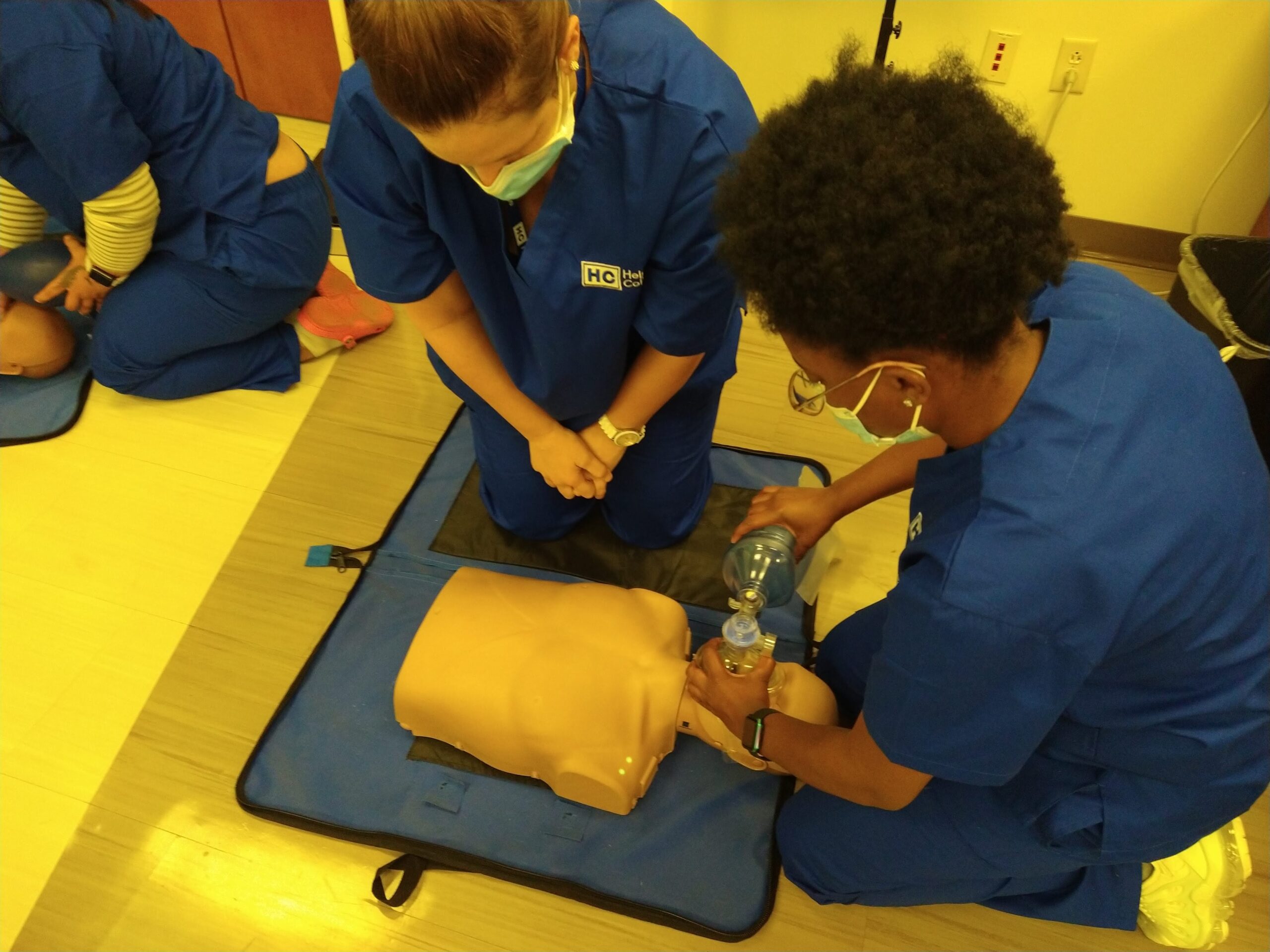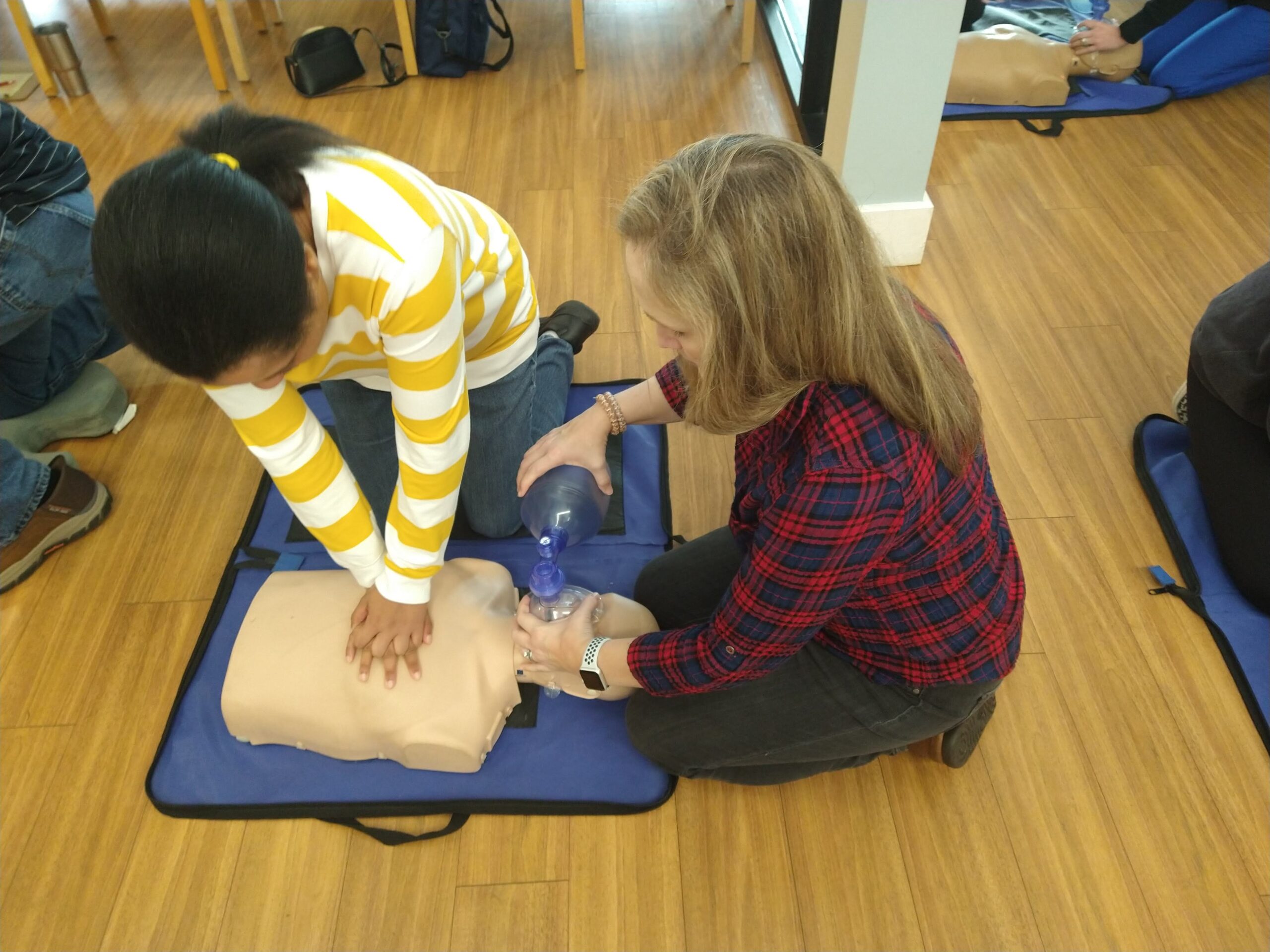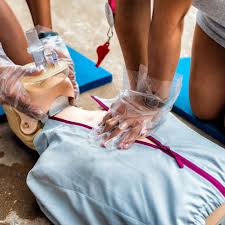When To Use CPR and When Not To Use CPR
CPR should be used when a person is not breathing or has a pulse that is too weak to be felt.
CPR is a life-saving technique that everyone should know, but it’s not always appropriate to use. If you’re interested in CPR certification and want to learn the appropriate times to use your training, you’re in the right place. Keep reading to learn when to use CPR and when to call for medical help.
When to Use CPR?
If you’re first-aid certified, some general guidelines can help you decide whether or not CPR is the appropriate response.
In general, CPR should be used when a person is not breathing or has a pulse that is too weak to be felt. If you are unsure whether the person is breathing, you can check for a pulse by placing your fingertips on the side of the person’s neck, just below the ear. CPR is probably needed if you cannot feel a pulse or if the pulse is weak. You should also act when an infant or child has lost consciousness due to choking. CPR training includes specialized courses in how to treat a choking infant, as they’re much more fragile and require special techniques.
Another time when CPR may be necessary is when a person has suffered a heart attack or other serious injury that has caused them to lose consciousness. If you are unsure whether the person is unconscious, you can test for responsiveness by gently shaking the person’s shoulder and asking them a question. If they do not respond, they may be unconscious, and CPR may be necessary. There are other, less common situations where CPR may be needed, such as when a person has been poisoned or suffers from a severe allergic reaction. If you are unsure whether CPR is required, call for medical attention immediately and stay on the phone with an EMT. The EMT will likely guide you while you wait for them to arrive.
When Not to Use CPR?
There are specific instanceswhen CPR should not be used. For example, if a person has a pulse but is not breathing, it is usually best to wait for an ambulance rather than administer CPR. This is because the risk of doing more harm than good may be high in these cases. Additionally, if someone is choking, they should first try to dislodge the object with back slaps and abdominal thrusts before administering CPR. You should also stop administering CPR if medical professionals arrive at the scene. While you may be first-aid certified, professionals are better equipped to handle the situation. If the medical team needs your help, they’ll let you know.
There are also instances in which you should know when to stop CPR on a victim. If you witness obvious signs of death, it’s time to stop administering CPR and wait for help to arrive. Conversely, you can cease administering CPR if you notice obvious signs of life. Try to stay with the victim and reassure them that medical assistance is on the way. Also, if you’re physically fatigued, don’t continue to push yourself, as it may result in injury or incorrect CPR techniques. CPR is much more physically exhausting than people think, so listen to your body and wait for help if you no longer have the ability to assist the victim.
AnAutomated External Defibrillator(AED) is a portable device more effective at relieving someone enduring cardiac arrest. If your training covered the usage of this machine, use it with extreme caution. However, if you don’t know how to use one, wait for medical professionals to arrive. You should only use this machine to relieve cardiac arrest, so if the victim is choking or dealing with another issue, you should not use an AED.
Overall, understanding when to use CPR and when not to use CPR is important for keeping people safe. Knowing when to use CPR can mean the difference between life and death, so keep this guide in mind in the event of an emergency.
Press Release Distributed by The Express Wire
To view the original version on The Express Wire visit When To Use CPR and When Not To Use CPR




